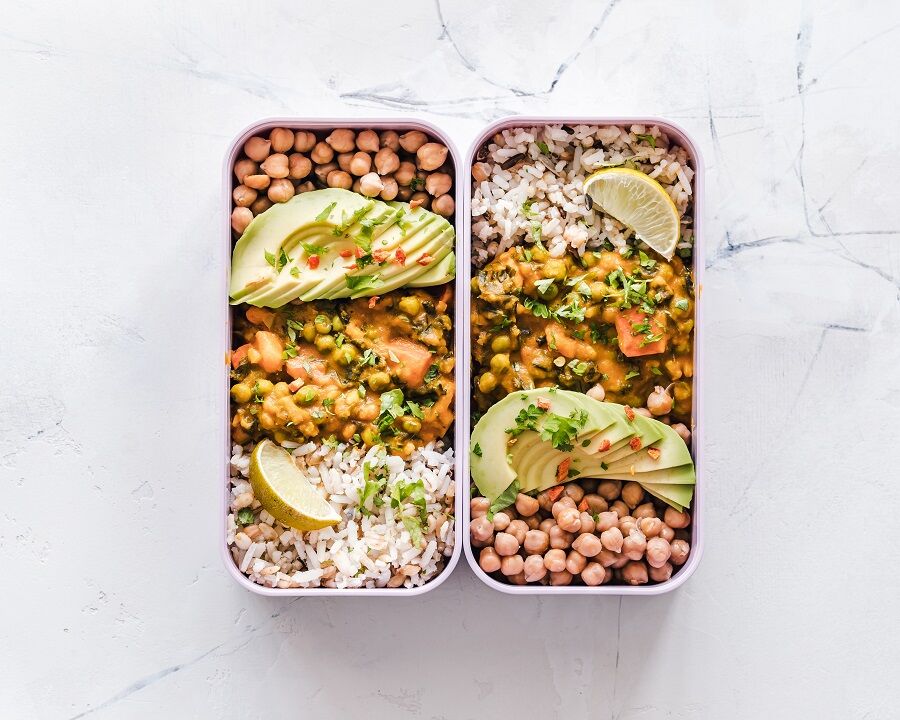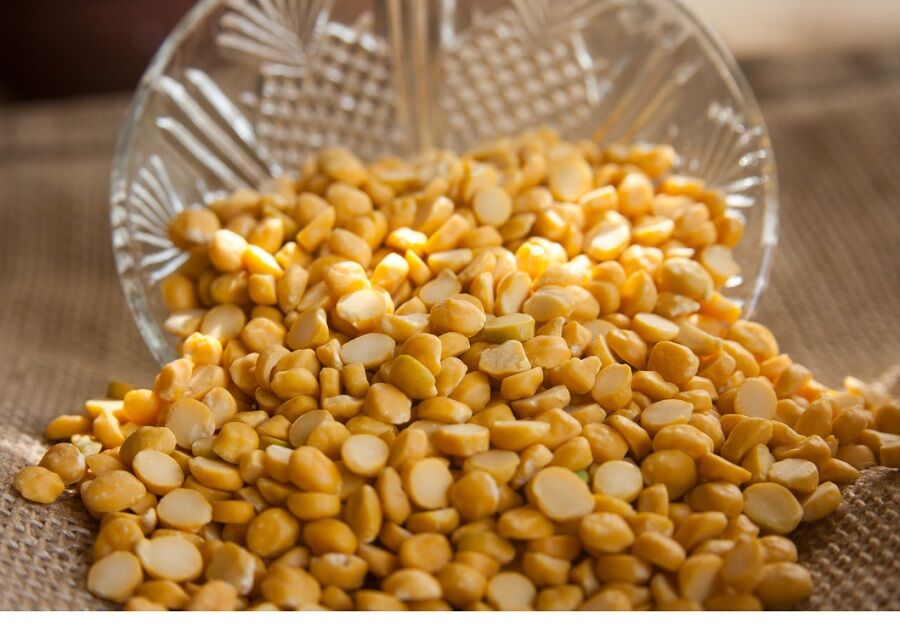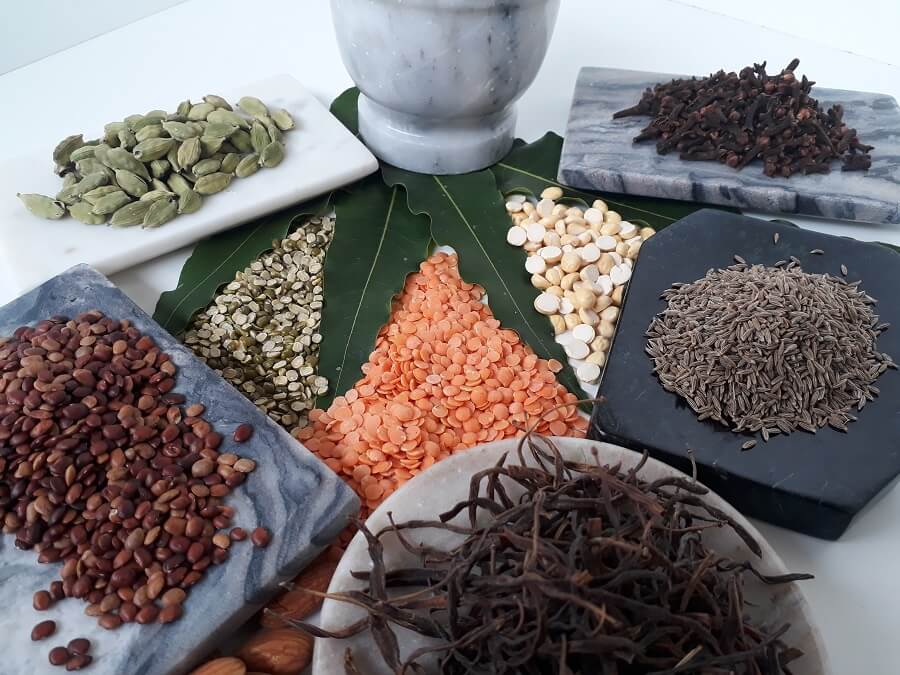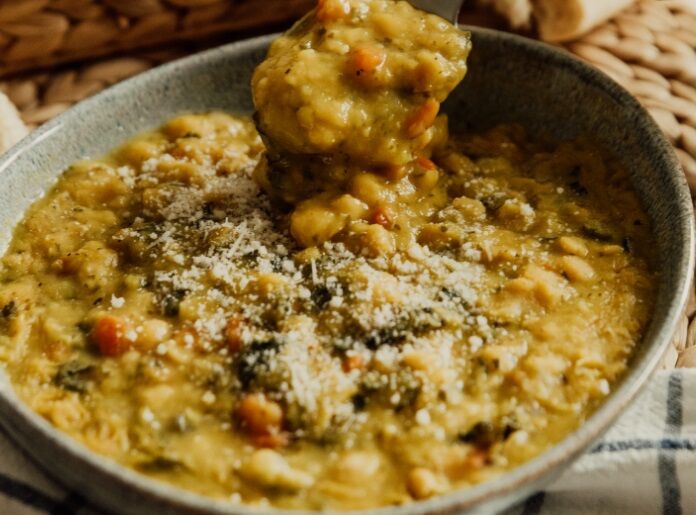What is Dal?
Understanding Spices
Your cart is empty.
SUBTOTAL
£0.00

Understanding Spices
Dal (also known as daal, dahl or dhal), according to Wikipedia, “is a term used in the Indian subcontinent for dried, split pulses (that is, lentils, peas and beans) that do not require pre-soaking. India is the largest producer of pulses in the world. The term is also used for various soups prepared from these pulses.” Essentially the word ‘dal’ is used in Indian cookery to refer to a split pulse, especially lentils and more often than not to a lentil based recipe.
Dal is one of the most important staple foods, alongside vegetables, of the Indian subcontinent. Its universal use throughout India, Bangladesh, Pakistan, Sri Lanka and Bhutan gives credence to its ease of use, health giving properties, amazing taste and accessibility to all.
As a primarily lentil based dish dal is a great ‘comfort’ food. Seemingly endless different, delicious variations, each with their own taste and smell, make it an essential part of any Indian diet.
Thousands of years ago, during the Bronze Age (c.3300 – c.1300 BCE) it is believed that lentils were grown in the Indus Valley, the northwest area of South Asia. A dietary mainstay from these early times, lentils became one of the most useful and versatile ingredients in all Indian cuisine.
Recipes evolved throughout the centuries – the resulting dishes ranging from the very simple to the outright extravagant. As tastes developed so did the diversity and sophistication of these lentil based offerings. Folklore has it that the desire to impress led to the development of many a more complicated and elaborate recipe. To appease the ever insatiable appetite for new tastes and one-upmanship, royal chefs went all out to produce different, daily experiences for their emperors. Some very famous dals such as Panchmel Dal and Moradabadi Dal were a result of experimentation designed to gain favour.
A lentil is a tiny edible legume. Leguminous plants (of the pea family) produce edible fruit or seeds and are generally cultivated on a large scale for human/animal consumption or as a soil fertiliser. There are two sorts of legume – ‘mature’ – for example lentils which remain on the plant until hard and dry and ‘immature’ – for example fresh peas which are picked and eaten before they become hard.
Lentils come in many different varieties and colours. Their dried skins are removed either by hand or machine after which the seed automatically and naturally splits into two. As with all other legumes they can be purchased cooked (in cans) as well as in dried form.

Often overlooked by Western society, lentils are an extremely nutritious food. Very high in fibre and protein, with little fat and salt, lentils can be a substantial part of a healthy diet. Low in calories they also contain many vitamins and minerals which are essential for our well-being.
Suitable for vegetarians and vegans as well as meat eaters, they are extremely versatile and can be added to many dishes.
Lentils have a great shelf life both uncooked in the cupboard (up to twelve months) and cooked in the fridge (up to seven days). Once cooked they can be easily frozen.
They are also very economical – a major reason why they are often eaten at least twice a day in the average Indian household.
Lentils are quick and easy to cook and can just be ‘thrown into’ a range of dishes.
In its extended meaning, the word dal includes the many different lentil based soup and stew-like dishes that originated many years ago in South Asia.
Whether cooking up a feast or providing everyday sustenance ‘on the go’, dal comes into its own on any high end occasion or, indeed, as street food. Toor Dal is an example of an ‘everyday’ dal and Dal Makhani a more sophisticated up-market dish.
Used as a side dish or a main course, dal is generally not as spicy as a curry but a tastebud treat nonetheless! With almost as many varieties as there are cooks, different dals for different areas, differing textures and delicious flavours, they play a very important role in savoury and sweet dishes alike.

The fundamental ingredient in dal – lentils – can appear rather bland and uninteresting. However by cooking split lentils very slowly over an extended period of time, it was discovered that their taste and creamy consistency were very much enhanced. The high percentage of carbohydrates in dal make it a ‘go to’ comfort food. Reinforced by childhood memories and general nostalgia for the past, dal is very much a part of Indian cultural identity.

Spices are a seriously important element in any dal. Numerous different combinations of spices are the ‘crowning glory’ of this dish imbuing it with a myriad of tantalising tastes, textures and smells. Popular ones including coriander, mustard seeds, cardamom, paprika, turmeric, cinnamon sticks and cumin seeds all play a part in creating sensational flavours. Tip! Try Korma Spice Blend.
Dal is essentially a dish combining lentils with spices, producing what seems like an unlimited variety of rich, fragrant meals.
The cleaned and well-rinsed lentils (of any variety) are boiled until soft (30 – 40 minutes) and any excess water is poured off.
Though not essential, the best dals are created using a method called ‘tempering’. This involves frying the spices in ghee, butter or oil together with other ingredients such as onion, garlic, fresh ginger, tomato, chili peppers and bell peppers. (There are no hard and fast rules – the choice is down to personal preference.) During this process all the flavours are released.
(Additional vegetables can be added – also nuts, tofu and even meat.)
At the last minute the lentils and the rest of the ingredients are combined and they are served with flatbreads and/or basmati rice.
There is much to learn about Indian cuisine and nothing more so than dal. With its enormous catalogue of health giving properties, its cost effectiveness, ease of preparation and mouth watering flavours, it is a wonderful dietary choice in our on-going pursuit of well-being. Be adventurous! Seize the opportunity to create something special! Want to learn about different types of lentils, read our blog How to cook Lentils.

Understanding Spices
Spices have long been integral to the UK's culinary landscape, adding depth, flavours, and richness to a myriad of dishes. From the pungent aroma of cumin in Indian curries to...
Read MoreUnderstanding Spices
Confetti is an essential part of any wedding day. Not only is it a wonderful way to greet a newlywed couple, but it also provides some beautiful photo opportunities. The...
Read MoreSeasonal Ideas
It’s no secret that any handmade gift will always be more special than a store-bought one. Homemade food gifts are especially wonderful, a labour of love that shows someone you...
Read MoreHealth and Wellbeing
It’s no secret that winter’s cold and gloomy weather makes us crave indulgent dishes like fondue and baked goods like sticky toffee pudding and apple crumble. While Christmas is the...
Read More